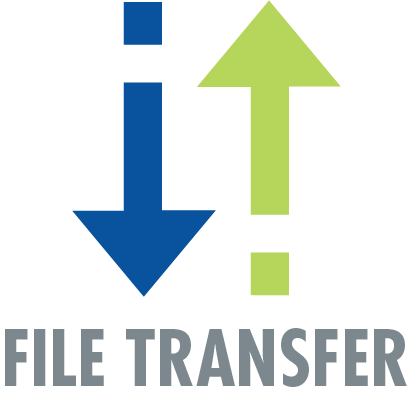In the past two years, most of us have heard something about 3D printing, but not everyone understands what it means. Admittedly, it wasn’t until President Obama mentioned it in his February 2013 State of the Union, that I sought out an explanation for it. Since our industry shares the word “printing” with this process, we wanted to take a moment to explain this seemingly futuristic practice.
First, it’s important to understand that it is not printing in the traditional sense. Ink on paper it isn’t, but, there are definitely ways it can influence our lives not just as consumers, but as marketers.
What is 3D Printing?
Three-dimensional printing is a digitally-driven manufacturing process in which material is laid down layer-by-layer to form a solid object. Materials can be plastic, metal, and in some cases even food or human tissue.
How Does 3D Printing Work?
Also known as “additive manufacturing,” 3D printing uses computer-aided design (CAD) data that builds objects based on thin slices. Similar to an ink-jet press, material is expelled down, thousandths of an inch at a time, to build an object from the bottom up.
Who Uses 3D Printing?
Currently, prototyping accounts for 70% of the 3D printing market. It is also used in manufacturing, parts production, molds, consumer products, jewelry, fashion design, architecture, and interior design.
How Can I Benefit From 3D Printing as a Marketer?
Three-dimensional printing offers the potential to create custom and personalized incentives for marketing campaigns and custom promotional materials. A personalized iPhone case or a coffee mug with the recipient’s name molded right into the object would be great attention-getter or gift to your client. And what once required set-ups, dies, and minimum order quantities now can be created with no set-up and one object at a time production.
What Are the Benefits of 3D Printing?
- Eliminates the need for warehousing, assembly and waiting on parts to be shipped.
- There is no need for costly set up of dies.
- If you want to change the object, you simply change the digital file rather than creating a new die.
- Goods can be manufactured at or close to their point of purchase or consumption meaning they won’t rely on economies of scale.
Three-dimensional printing is still evolving and growing. It’s applications for you might not seem accessible right now, but keep your eyes and ears open so that you can learn more about this emerging technology.


